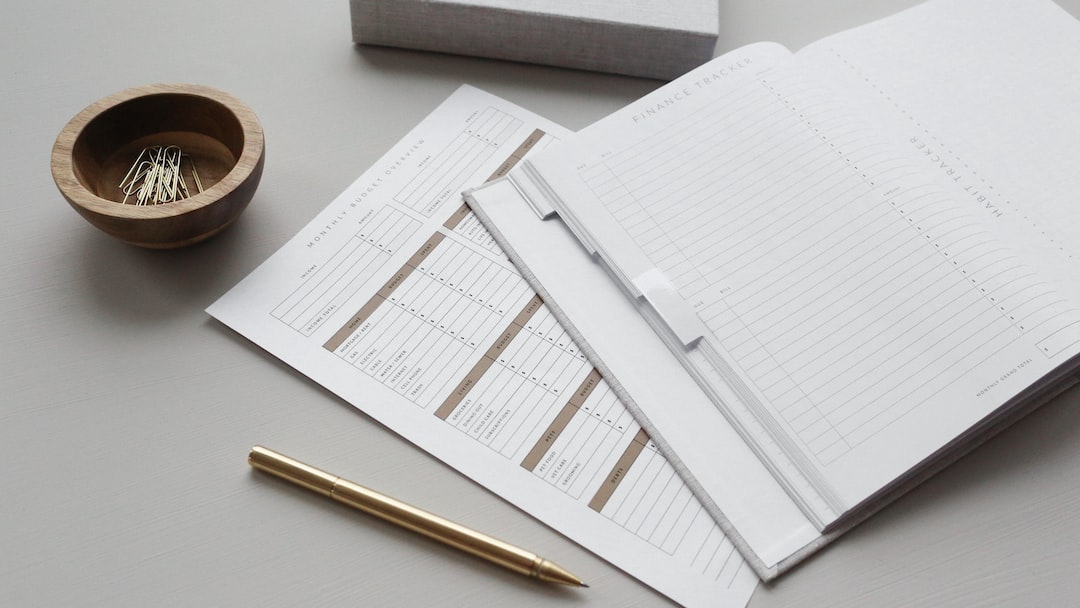Understanding Forex Leverage: A Beginner’s Example Guide
The forex market is the largest and most liquid financial market in the world, with trillions of dollars being traded daily. One of the key advantages of forex trading is the ability to use leverage, which allows traders to control larger positions with a smaller amount of capital. However, leverage can be a double-edged sword, as it can amplify both profits and losses. In this article, we will provide a beginner’s guide to understanding forex leverage, using examples to illustrate how it works and the implications it has on trading.
What is Forex Leverage?
Forex leverage is essentially a loan provided by a broker to a trader, enabling them to control a larger position than their initial investment. For example, if a broker offers a leverage ratio of 1:100, it means that for every $1 of the trader’s capital, the trader can control a position worth $100. This allows traders to magnify their potential profits, as even small price movements can lead to significant gains.
However, it’s important to note that leverage also amplifies losses. If a trade moves against the trader, the losses will be magnified by the leverage ratio. Therefore, it is crucial to understand the risks involved and use leverage wisely.
Example of Forex Leverage
Let’s consider a hypothetical scenario to illustrate how leverage works in forex trading. Suppose you have $1,000 in your trading account and want to trade the EUR/USD currency pair, which is currently trading at 1.2000. With a leverage ratio of 1:100, you can control a position worth $100,000.
Without leverage, your $1,000 would only allow you to control a position worth $1,000. With leverage, you can now enter a trade with a position size of $100,000. This means that for every pip movement in the exchange rate, you would either gain or lose $10.
If you believe the euro will appreciate against the US dollar, you could open a long position. Let’s say the exchange rate increases to 1.2100, resulting in a 100-pip gain. Without leverage, this would have generated a profit of $100 ($1 per pip). However, with the leverage of 1:100, your profit would be $1,000 ($10 per pip), which is ten times larger than your initial capital.
On the other hand, if the trade goes against you and the exchange rate drops to 1.1900, resulting in a 100-pip loss, without leverage, your loss would be $100. However, with leverage, your loss would be $1,000. It is crucial to understand that leverage amplifies both profits and losses, so risk management is essential in forex trading.
Choosing the Right Leverage Ratio
Selecting the appropriate leverage ratio is a vital decision that traders must make based on their risk tolerance and trading strategy. While higher leverage ratios offer the potential for larger profits, they also increase the risk of significant losses. It is essential to strike a balance between the desire for higher returns and the need to manage risk effectively.
For beginners, it is generally recommended to start with lower leverage ratios, such as 1:10 or 1:20, to gain experience and minimize the risk of substantial losses. As traders become more experienced and develop a solid understanding of risk management, they may gradually increase their leverage ratio.
Risk Management and Margin Calls
To trade with leverage, traders are required to maintain a certain amount of capital in their trading account known as margin. Margin acts as a form of collateral and protects brokers from potential losses. Margin requirements vary depending on the leverage ratio and the broker’s policies.
Margin calls occur when a trader’s account equity falls below the required margin level. When this happens, brokers may ask traders to deposit additional funds or close out some of their positions to restore the required margin. It is crucial to monitor your account and manage your positions to avoid margin calls.
Conclusion
Forex leverage can be a powerful tool for traders, enabling them to control larger positions and potentially generate higher profits. However, it is important to understand the risks involved and use leverage wisely. By starting with lower leverage ratios and gradually increasing them as you gain experience, you can strike a balance between maximizing returns and managing risk effectively. Remember that leverage amplifies both profits and losses, so always practice disciplined risk management to protect your capital.





